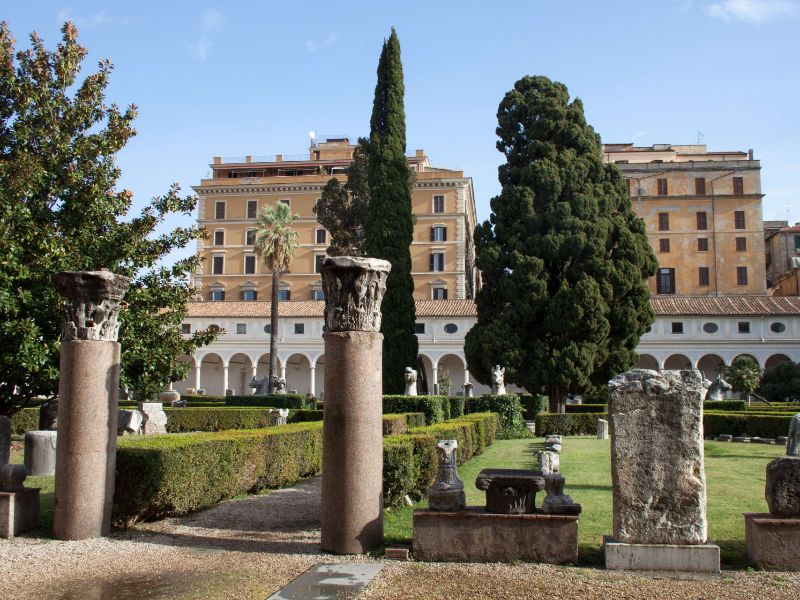Museo Nazionale Romano - Terme di Diocleziano and its collection
The Baths of Diocletian (Thermae Diocletiani) was a large public thermal complex in ancient Rome. The Baths of Diocletian were located on the summit of the Viminal. The complex was built from 298, commissioned by Emperor Maximian and was inaugurated in 306. Since Maximian was in power the lesser of his fellow emperor Diocletian, the thermal baths were named after the latter. Part of the thermal baths is now part of the Museo Nazionale Romano and contains archaeological finds. A large part has been devoted to epigraphy (inscriptions). An important part of the collection is the Ludovisi collection with sculptures by Bernini and Algardi.
Art & Design History & Anthropology Archaeology Historic house Ancient art
#10 Art & Design in Rome #23 History & Anthropology in Rome #8 Ancient art museums in Rome #8 Archaeology museums in Rome #8 Historic houses in Rome #124 Art & Design in Italy #47 Ancient art museums in Italy #51 Archaeology museums in Italy #80 Historic houses in Italy #194 Ancient art museums in Europe







































